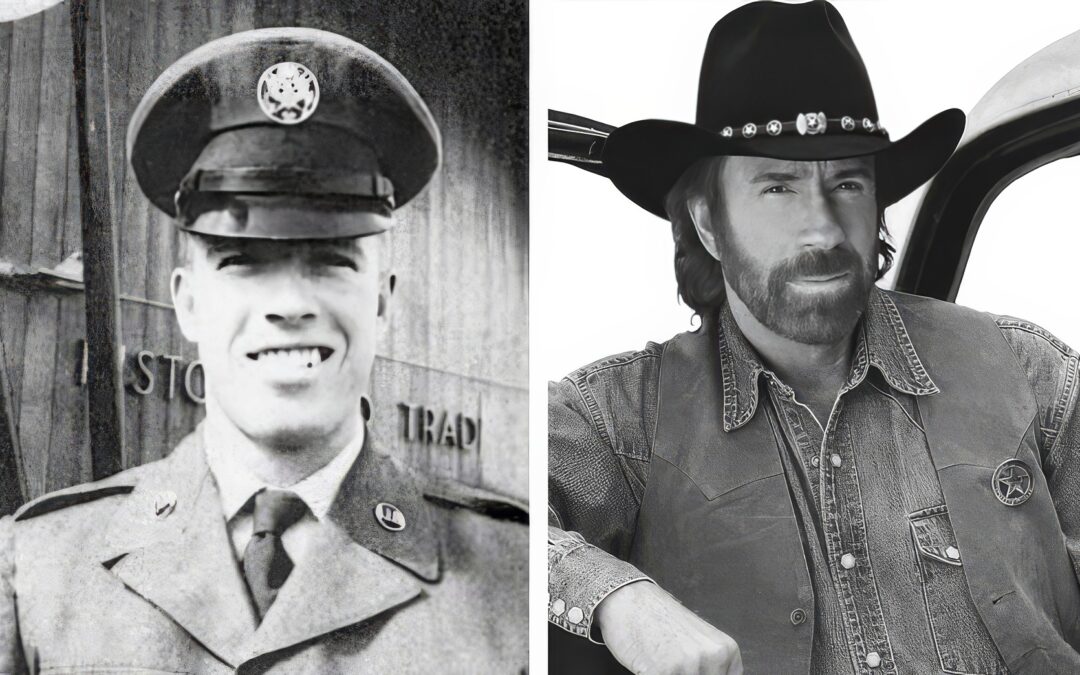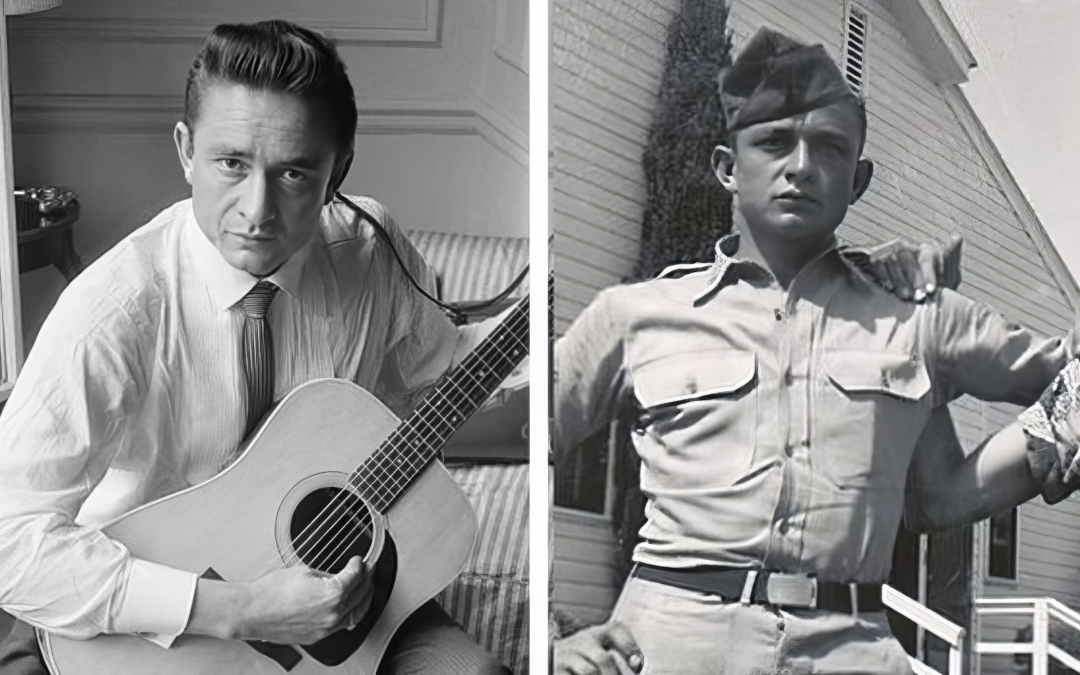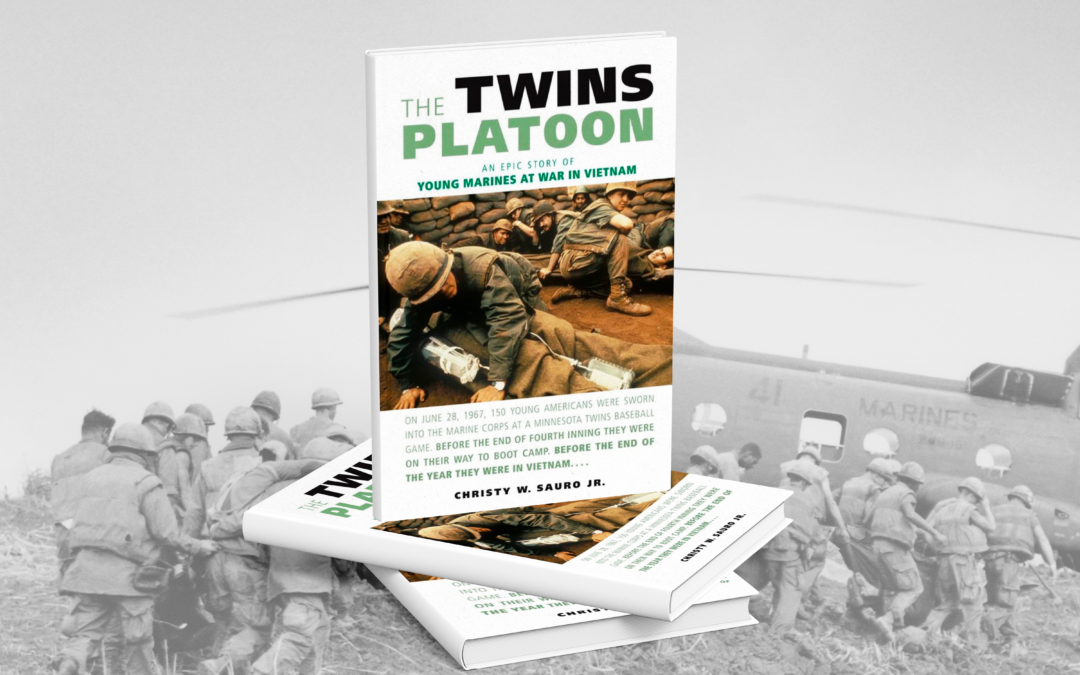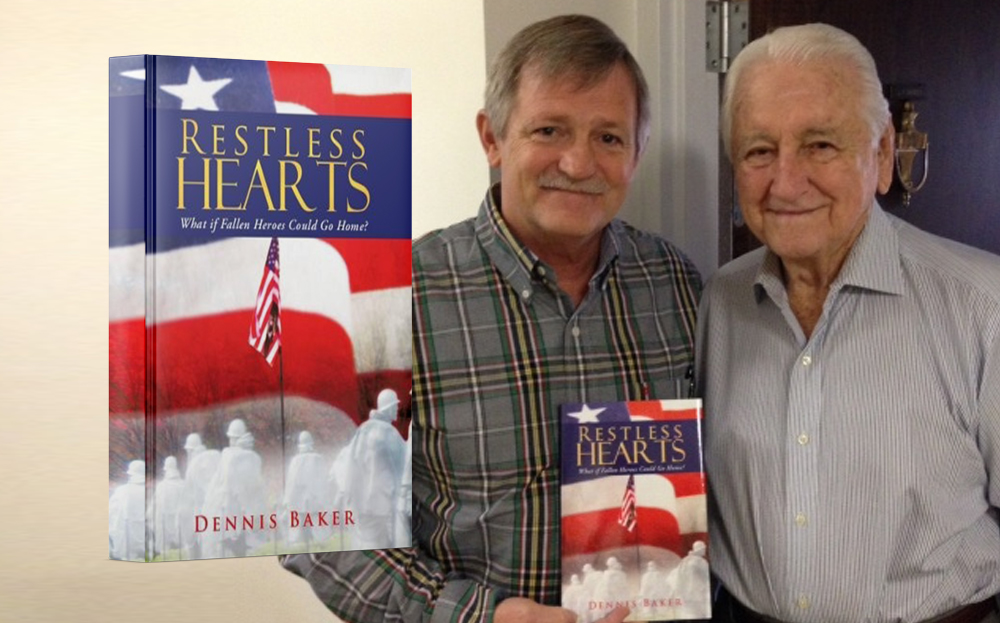Mirth and Musings by Sandi Hoover & Jim Tritten Have you heard anything about "Mirth and Musings" by Sandi Hoover & Jim Tritten? The award-winning writing team of Sandi Hoover and former naval aviator Jim Tritten deliver their fifth collaboration as they explore what makes us laugh and a few even serious essays on such subjects as running away from home when overwhelmed. You will never again go into a sauna without feeling Jim’s experiences after you read Saunagus nor have a stranger as an extended guest after learning Sandi’s lessons in There’s a Diva in the House. These ten chapters are sure to entertain you and perhaps challenge your preconceived notion of what makes the perfect woman. Featured in this collection: “Dad, I’m on an All-Plant Diet”Give it an InchHow Could I Disappear?But What if the Buddhists Got it Wrong?There’s a Diva in the HouseSaunagusThe Illustrated ManGuardian Cactus“The Perfect Woman”Polished With Love Readers’ Reviews about Mirth and Musings “This is...











